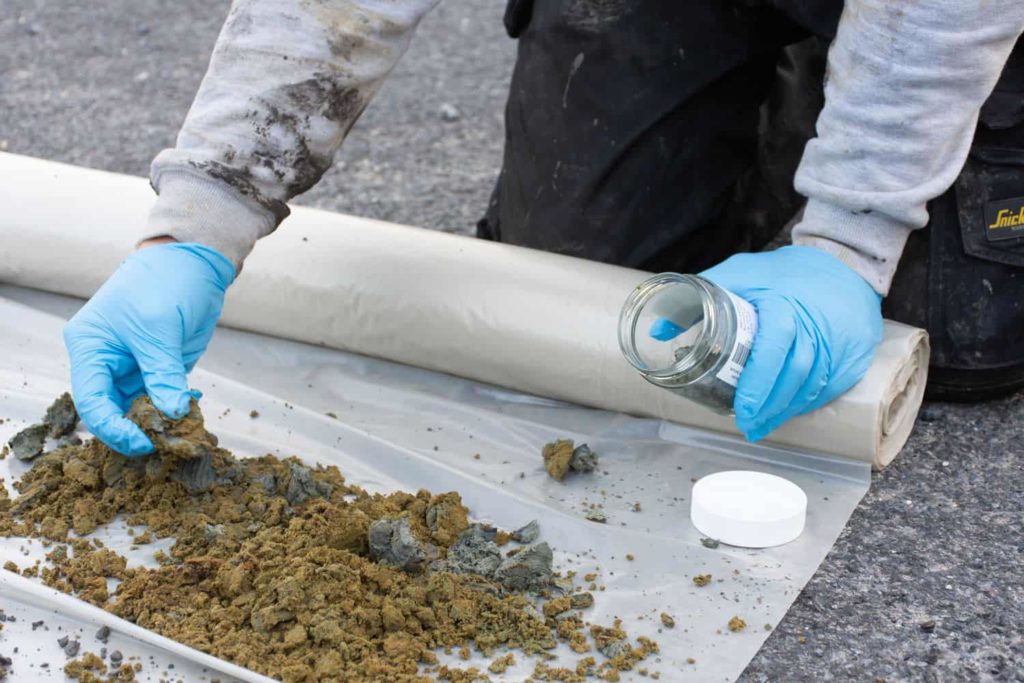Up to 100,000 plots of land in Flanders – about half of all the plots in the region – could require soil testing and possible cleaning, under a new rule due to come into force next year.
The rule states that any plot of land at risk of being polluted must be subjected to a soil analysis to find out if that is in fact the case, and if so, it must be cleaned up.
The official waste management agency for the region, OVAM, has created a website which allows landowners to check if their land has in the past been the location for any activity which might potentially lead to pollution. The list of possible sources is long: from garages to dry-cleaners, and any activity which involved materials such as metals, mineral oils and solvents, which are considered hazardous for human and animal health, agriculture and nature.
The website indicates “plots at risk,” whose owners will from next year be obliged to carry out a soil analysis and, if the report calls for it, to pay for the expensive clean-up operation required. The plan ultimately is to have all plots at risk cleaned up by 2028. Any landowner who fails to take action on a warning from OVAM faces legal sanctions.
The website asks for details of the location of the land, and offers four different results: green indicates there is no sign of potentially polluting activities on the plot, and no further action is required; yellow means there is information available which the owner can obtain from the website or directly from OVAM; orange means your plot is at risk, but you are likely to be excused the responsibility for an analysis as OVAM is responsible; and red signifies a plot at risk which will require a soil analysis and whatever action that analysis requires.
So far, the response in some areas has been sluggish, according to Flemish environment minister Zuhal Demir, in reply to a parliamentary question. In the municipalities of Lochristi in East Flanders and Dessel in Antwerp province, fewer than 10% of all plots have been queried by their owners, while each location has more than 1,000 plots at risk which will require analysis. Ghent, meanwhile, has the honour of the largest number of plots at risk that have still not been investigated by owners – 4,776 in total.
Alan Hope
The Brussels Times

